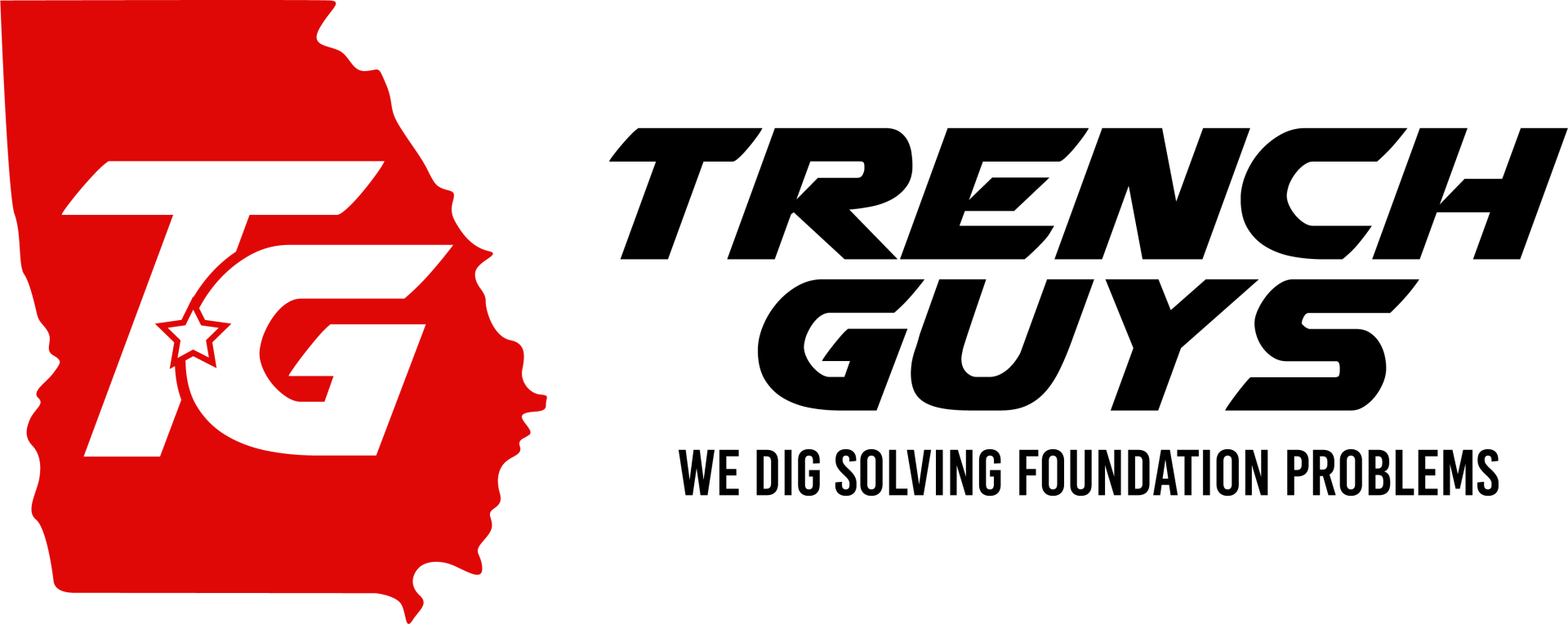When it comes to moisture control in crawl spaces, the use of a dehumidifier is often considered a reliable solution. However, it is crucial to understand the limitations of relying solely on a dehumidifier without proper encapsulation. In this blog, we will explore the potential challenges and drawbacks of using a dehumidifier in a crawl space without encapsulation, shedding light on the importance of a comprehensive moisture control strategy for optimal results.
Pros and Cons of Installing a Dehumidifier in a Crawl Space without Encapsulation
Installing a dehumidifier in a crawl space can offer certain benefits in managing moisture levels. One advantage is that it helps reduce humidity and control moisture, preventing mold growth and minimizing the risk of structural damage. Additionally, a dehumidifier can improve indoor air quality by reducing allergens and musty odors that can arise from excessive moisture.
However, it is important to consider the limitations and potential drawbacks of relying solely on a dehumidifier without proper encapsulation. One major drawback is that a dehumidifier alone does not address the root cause of moisture infiltration. Without encapsulation, moisture can still seep through the walls and floor of the crawl space, rendering the dehumidifier's efforts less effective in the long run. Additionally, a dehumidifier can consume a significant amount of energy, leading to increased energy costs if not paired with proper insulation and moisture control measures.
In conclusion, while a dehumidifier can provide some benefits in managing moisture in a crawl space, it is important to weigh the pros and cons. Without proper encapsulation, the effectiveness of a dehumidifier may be limited, and the ongoing energy consumption should be considered. It is advisable to consult with professionals to determine the best moisture control strategy for your crawl space, considering factors such as encapsulation, insulation, ventilation, and other necessary measures for comprehensive and effective moisture management.
Moisture Management
Effective moisture management is crucial for maintaining a healthy and comfortable living environment. Excess moisture can lead to a range of problems, including mold growth, structural damage, and poor indoor air quality. By implementing proper moisture management strategies, you can safeguard your home and create a healthier living space.
One essential aspect of moisture management is identifying and addressing potential sources of moisture. This includes addressing plumbing leaks, improving ventilation in moisture-prone areas, and ensuring proper drainage around the foundation. By proactively addressing these issues, you can prevent moisture from entering your home and minimize the risks associated with excessive humidity.
Another important step in moisture management is maintaining appropriate humidity levels. High humidity can promote mold growth and create a breeding ground for allergens, while low humidity can cause discomfort and respiratory issues. Utilizing tools such as dehumidifiers and humidifiers can help you maintain optimal humidity levels and create a more comfortable and healthy indoor environment.
In conclusion, moisture management is a vital component of maintaining a healthy home. By identifying and addressing potential moisture sources and maintaining appropriate humidity levels, you can prevent mold growth, protect your home's structure, and ensure better indoor air quality. Prioritizing moisture management will contribute to the overall well-being of your home and the comfort of its occupants.
Impact the Building's Foundation
Moisture can have a significant impact on the foundation of a building. Excessive moisture in the soil surrounding the foundation can lead to a range of problems, potentially compromising the structural integrity of the entire building. Understanding and managing moisture levels is crucial to protect the foundation and ensure the stability of the structure.
One major concern is the effect of moisture on the soil. When the soil around the foundation becomes saturated, it can expand and exert pressure on the foundation walls. This pressure, known as hydrostatic pressure, can cause cracks and shifts in the foundation, leading to structural issues. Over time, if left unaddressed, these issues can worsen, potentially resulting in costly repairs and compromising the stability of the building.
In addition to hydrostatic pressure, moisture can also contribute to the deterioration of building materials. Excessive moisture can seep into the foundation walls, leading to the degradation of concrete, wood rot, and corrosion of metal reinforcements. These processes weaken the structural components and increase the vulnerability of the foundation to further damage.
In conclusion, moisture has a significant impact on a building's foundation. Managing moisture levels through proper drainage, waterproofing, and maintaining appropriate soil conditions is essential to protect the foundation from hydrostatic pressure and prevent the deterioration of building materials. By addressing and controlling moisture, you can safeguard the stability and longevity of the entire structure.
FAQs
Contact Trench Guys Today!
Trench Guys will do everything we can to ensure your experience with us is excellent.
Request A FREE Estimate
Request a Free Estimate Form
Checkout Recent Post
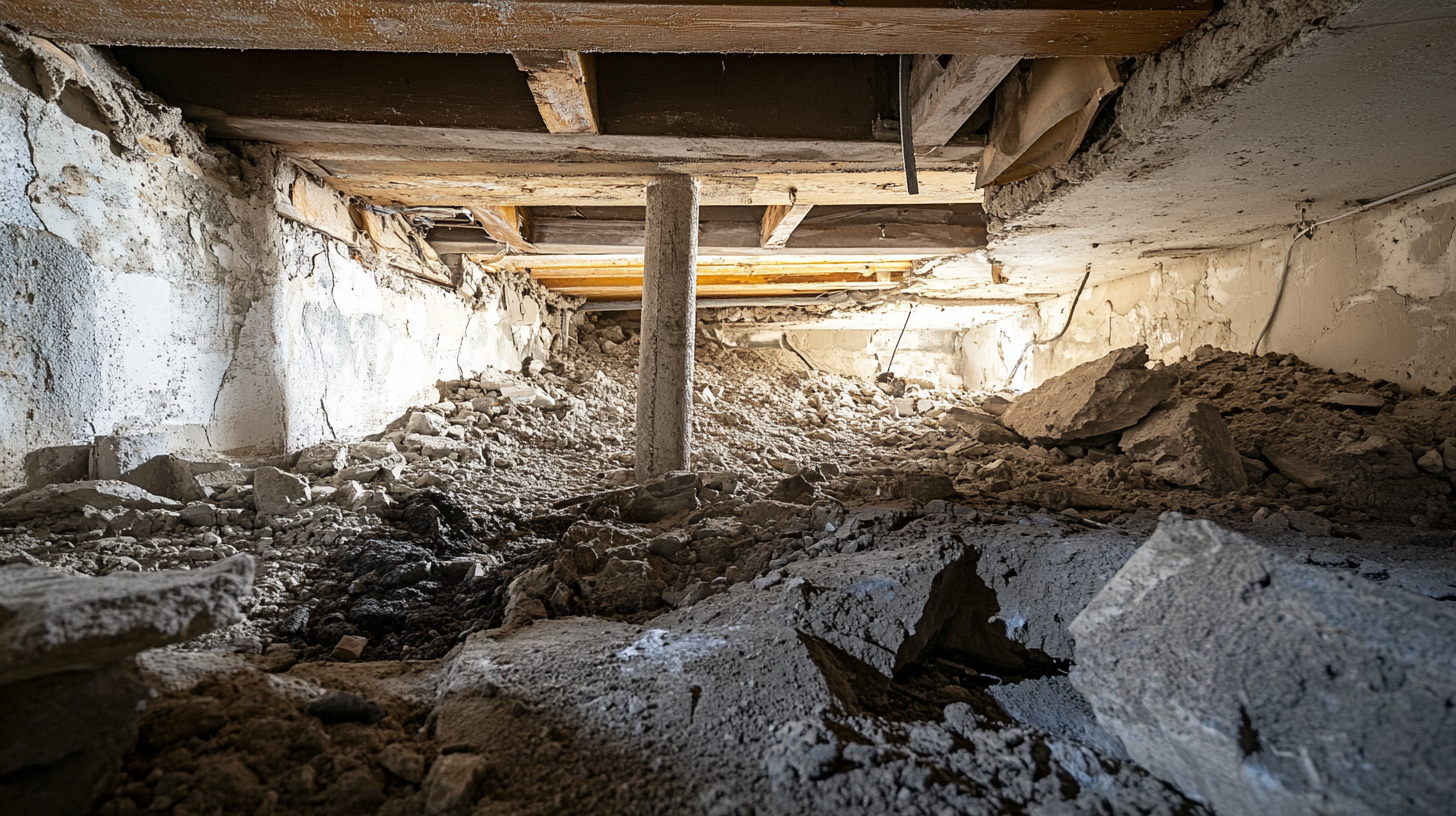
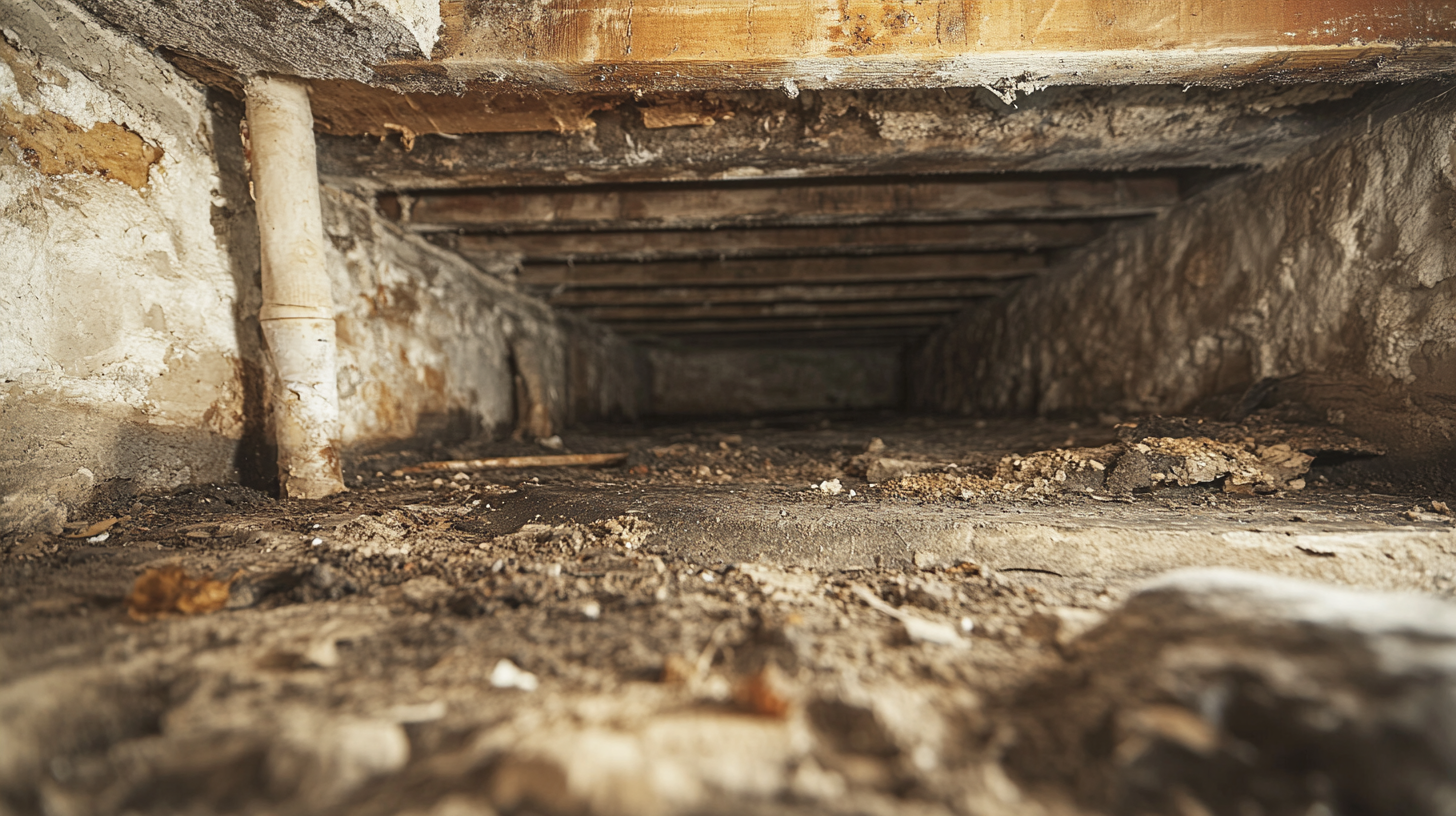
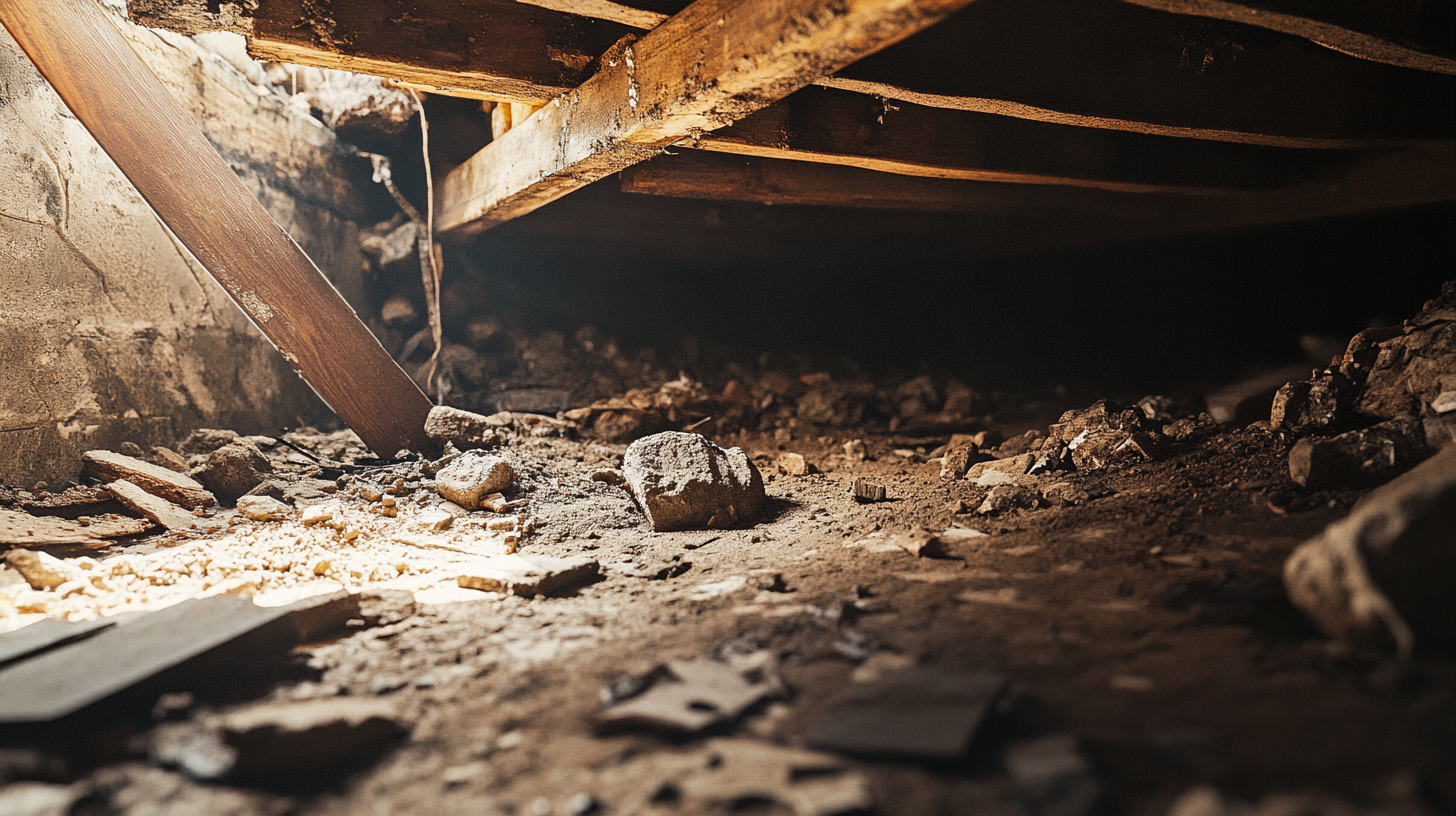
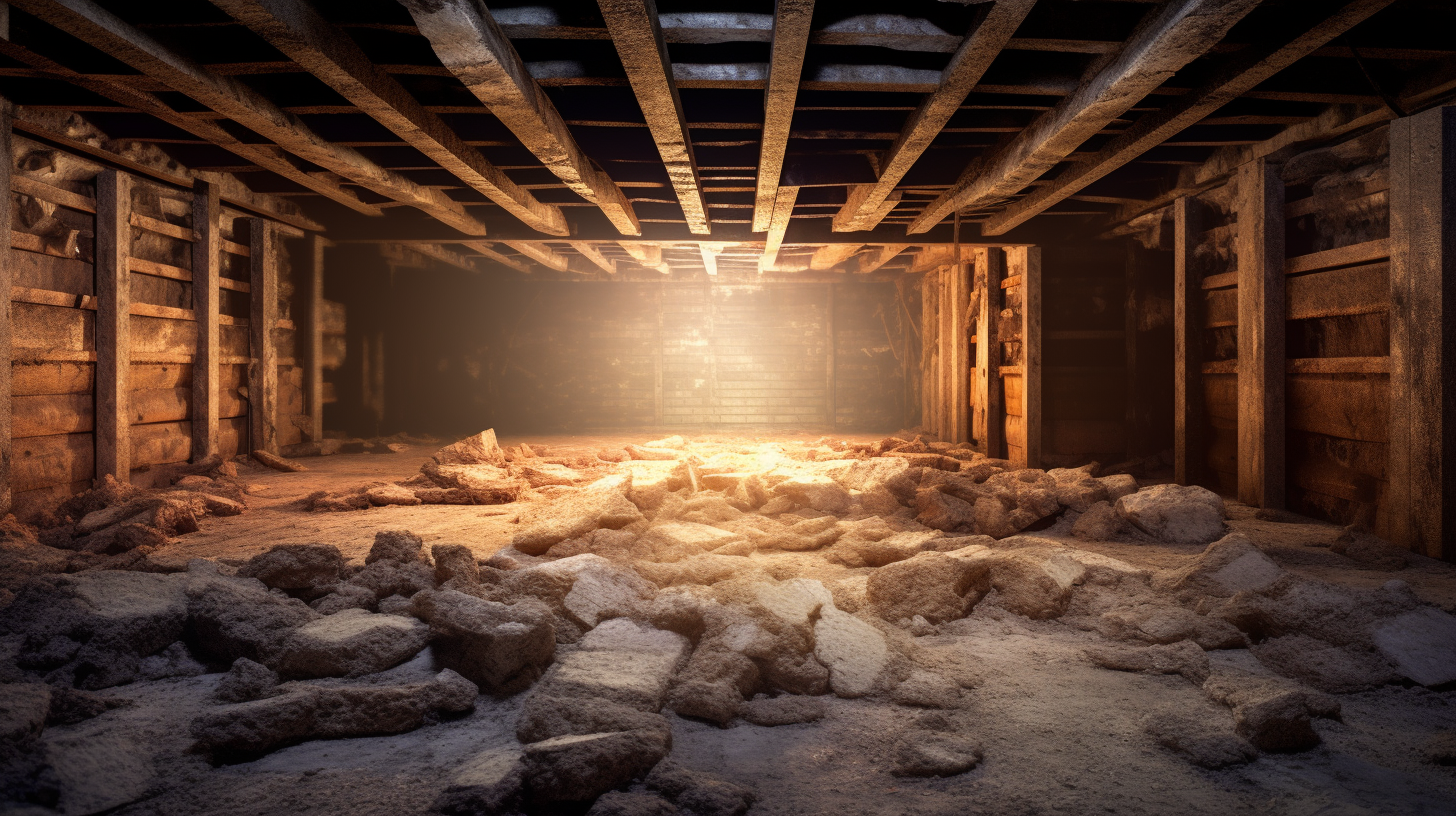
Got a Question? We’re Here to Help.
You can arrange an appointment or make an enquiry by phone or email, orget in touch to us via our contact form.
